Welcome to the enchanting world of silver dollar fish! As water lovers, we are on a mission to discover the details of taking care of these marvelous pets in a tank environment. This article reveals the ultimate secrets for raising silver dollar fish healthy and satisfied, from knowing their various behavior to building the ideal aquatic paradise. Regardless of whether you are an experienced aquarist or a beginner, embark with us on a journey that reveals essential tips and guidelines that make the world of silver dollar fish an exciting and gratifying endeavor.
Content Table
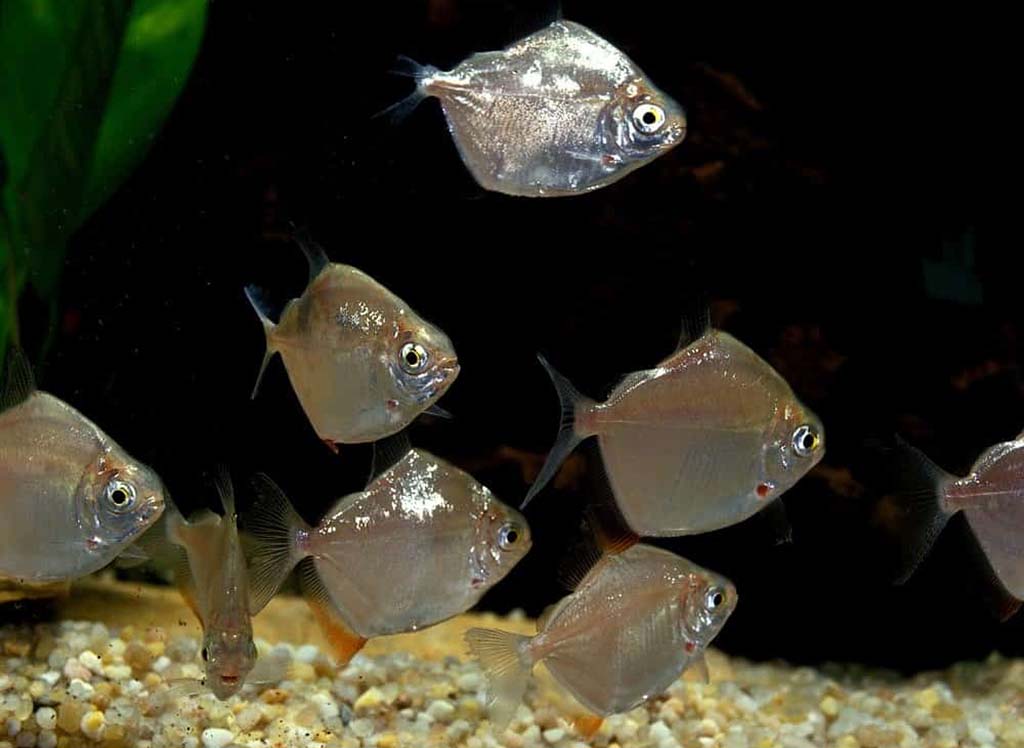
Silver Dollar Fish Behavior
The behavior of Silver Dollar fish, whatever type it may be, is similar in that it is an expression of the species as a whole.
1. Schooling Behavior
As a rule, Silver Dollar fish tend to be schooling fish and feel more comfortable when they are placed in groups. They usually move together in a coordinated manner and are quite attractive in an aquarium.
2. Herbivorous Diet
Although silver dollar fish are omnivores, they are mostly vegetarians and feed on a wide spectrum of herbs. They readily accept flake or pellet food devised for herbivorous fish but should also be supplemented with fresh vegetables such as lettuce or spinach.
3. Active Swimmers
Silver Dollar fishes are active swimmers and need a lot of space to swim in. These fish would do well in a large aquarium with open water.
4. Peaceful Nature
Overall, Silver Dollar fish are quite peaceful and can be housed with many species of tank mates. But it’s also crucial not to keep them with aggressive or fin-nipping species, as they can easily be stressed.
Types of Silver Dollar Fish
Metynnis argenteus, also known as Silver Dollar fish, is also an aquarist’s favorite species. They are found in South America and are characterized by round, silver-colored bodies. The different types of Silver Dollar fish vary in behavior and traits.
1. Red Hook Silver Dollar
| Red coloration on the dorsal fin allows easy identification of this type of Silver Dollar fish. They are mostly harmless and sociable fish, which can commonly be seen swimming in groups. Red Hook Silver Dollars can be very energetic and sometimes playful. | 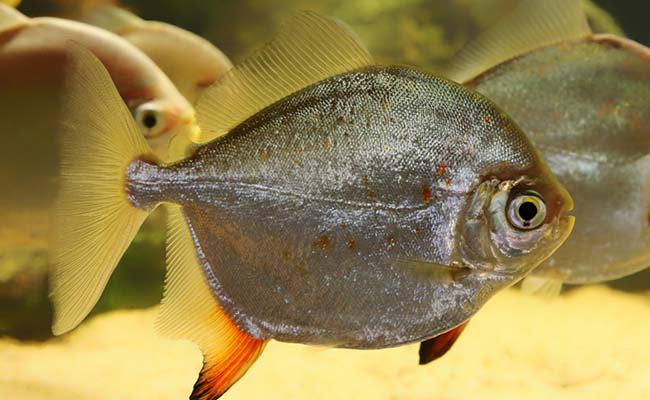 |
2. Black Bar Silver Dollar
| These Silver Dollars live up to their name rather well, as they have black vertical bars on their bodies. They are gentle and suitable inhabitants of community aquariums. Black Bar Silver Dollars are also quite lively and like to swim in wide areas. | 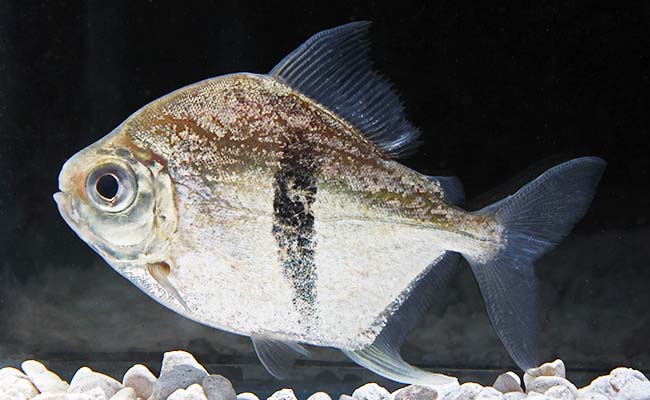 |
3. Spotted Silver Dollar
| These Silver Dollar fishes have a unique variety with small black spots on their bodies. Typically, they are more aggressive than other types and can show territorial behavior. However, with suitable tank partners and enough room, they can be fine as a community tank. | 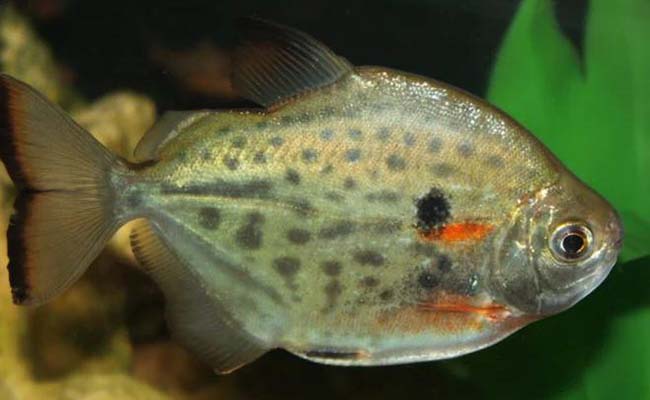 |
4. Blue Hook Silver Dollar
| These Silver Dollars have a bluish color on their bodies, and they’re easily distinguished in the aquarium. They are mild-tempered fishes and can be kept along with many tank mates. Blue Hook Silver Dollars are strong swimmers and like large tanks for movement. | 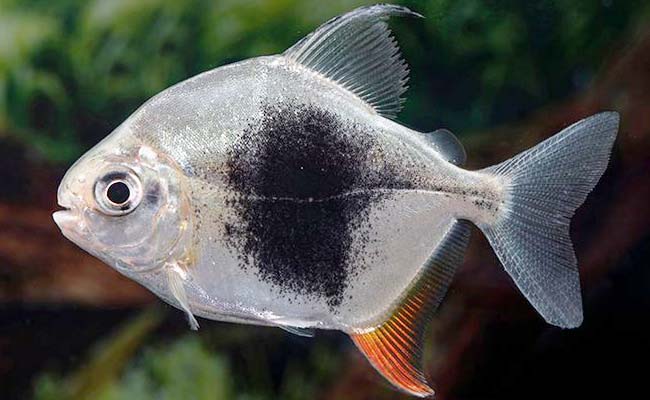 |
Silver Dollar Fish Care
Silver dollar fish are pretty and preferred freshwater fish due to their silver color and round shapes. Good companions for any tank, they just need the right kind of care to ensure that they remain healthy and strong.
1. Tank Requirements
- Tank Size: Silver dollar fish require a large tank for swimming. It is recommended that for a group of silver dollar fish, the tank be a minimum of 55 gallons.
- Water Parameters: Temperature should be 75°F to 82°F (24°C to 28°C) and pH between 6.0 and 7.5. It requires a quartz tube heater to keep the water temperature stable. Make sure that the water is clean of ammonia and nitrates.
- Tank Setup: Give enough hiding spots and plants to the fish so that they feel comfortable. Use a substrate similar to their natural environment.
2. Diet
- Omnivorous Diet: The silver dollar fish are omnivorous; thus, their diet should consist of both plants and protein-rich foods.
- High-Quality Flake or Pellet Food: The main part of their diet should be high-quality flake or pellet food intended for herbivorous fish.
- Supplementation: Provide them with different kinds of fresh vegetables such as lettuce, spinach, and peas. Also, feed them occasional live or frozen foods like bloodworms or brine shrimp for protein.
3. Breeding
- Group Setup: Introduce a group of at least six silver dollar fish to the tank, with a ratio of three males to three females being ideal. This will increase the chances of successful breeding and minimize aggression among the males.
- Condition the Fish: Allow the fish to be fed well and the water conditions to be optimal to prepare the fish for breeding.
- Spawning Behavior: Silver dollar fish are oviparous and will scatter their eggs on plants or rocks. Give the proper spawning sites such as broad-leaved plants or spawning mops.
4. Habitat Maintenance
- Regular Water Changes: Conduct regular water changes to ensure the quality of water and eliminate any waste products or toxins that could be accumulated.
- Filtration: Install a good filtration system or power internal filter that will keep the water both clean and well-circulated.
- Tank Mates: Silver dollar fish are generally gentle fish; however, they can nip at the fins of long-finned fish. Choose tank mates that are compatible with their temperament.
5. Care Tips
- Monitor Water Parameters: Test the water parameters regularly to ensure that they remain stable and fall within the recommended limits.
- Observe Behavior: Look for any symptoms of stress, disease, or aggression. Address any issues promptly.
- Provide Adequate Space: Avoid overstocking the tank, for silver dollar fish need sufficient space to swim and claim their territories.
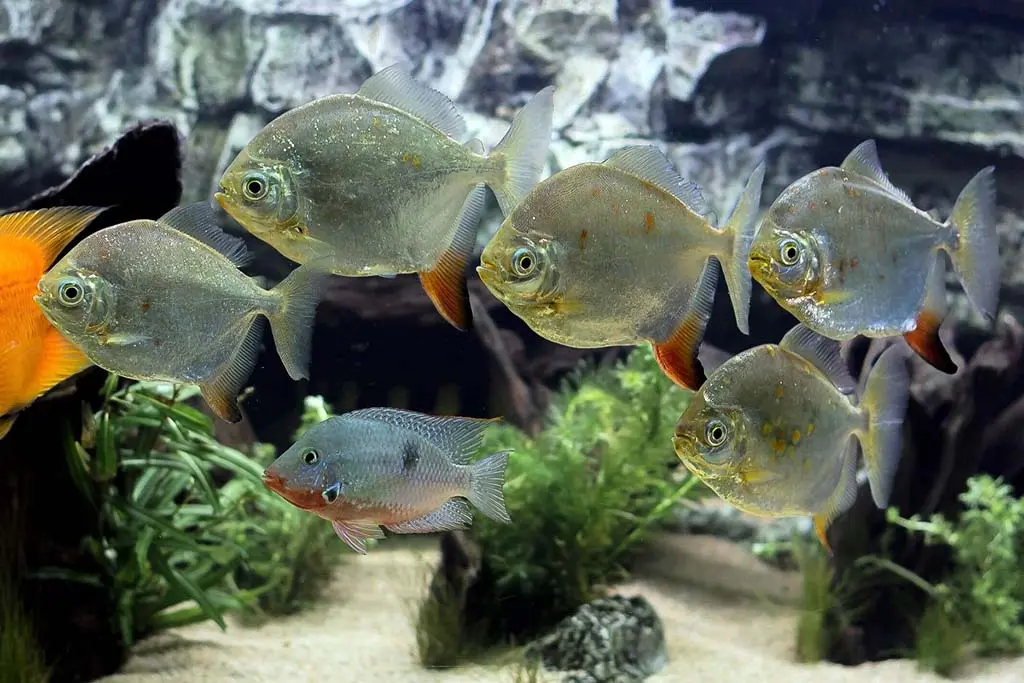
What Fish Can Live with Silver Dollars
Silver dollars can be kept with the following tankmates.
- Tetras: Tetras are small schooling fish who can live together with silver dollars without causing harm to each other. They enhance color and liveliness in the tank.
- Angelfish: Angelfish resemble silver dollars significantly in size and temperament; therefore, they can be good tank mates. However, the pool should be spacious enough to allow both types of fish to swim comfortably.
- Gouramis: Silver dollars can also live harmoniously with gouramis. They are available in various colors and designs and will make the tank look good.
- Plecos: Pleco fish or suckerfish can assist in keeping the tank clean by feeding on algae. They coexist with silver dollars as long as there is room and hiding places for the two species.
- Corydoras catfish: Corydoras catfish are bottom-dwelling fish that can bring some variety to the tank. They are non-aggressive and clean the tank.
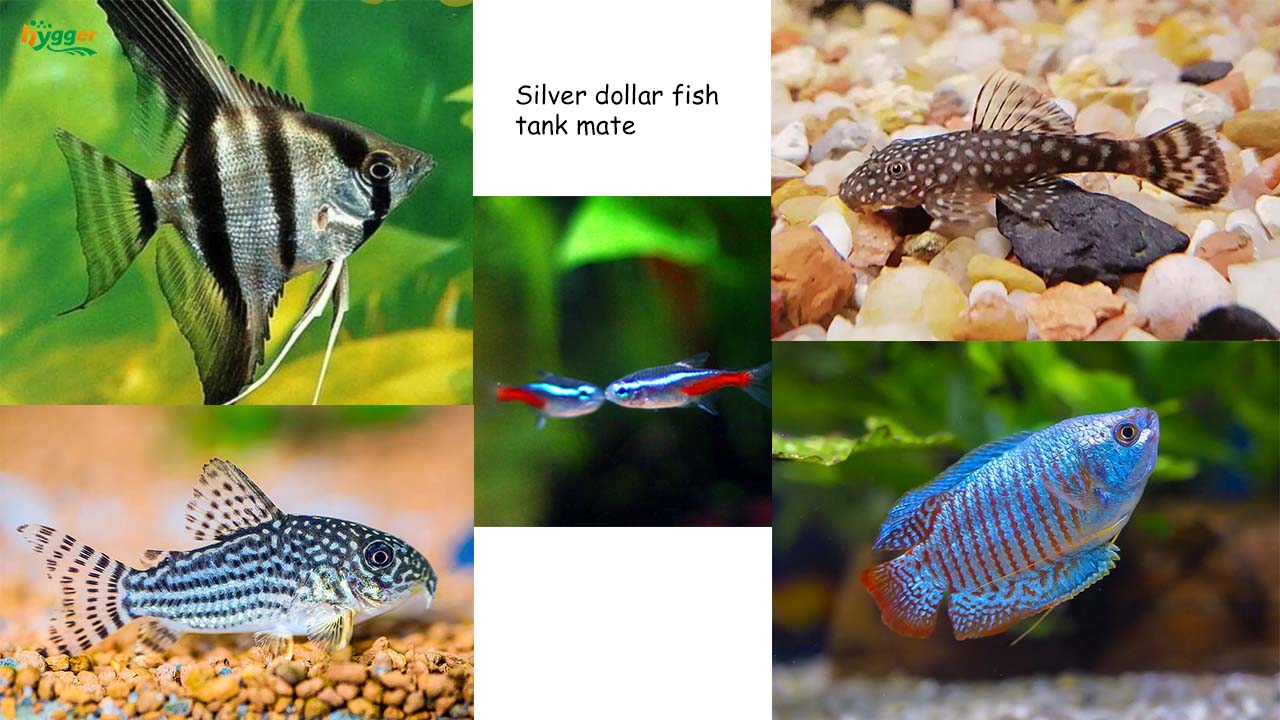
Silver Dollars Fish Tank Size
30 gallons is recommended as a tank size for juvenile silver dollars. This will provide enough space for them to swim and develop. When they grow and are fully grown up, they will need a bigger tank. Adult silver dollars should be kept in a tank that has 55 gallons or more. This will enable them to show their natural behaviors and adequate space to swim.
Silver dollars are social fish and should always be kept in groups of 3–5 orders of magnitude, as they communicate with each other. Handling them in a bigger tank not only gives them better space to swim but also helps to minimize aggression and stress among the group.
Summary
In conclusion, the study of a silver dollar fish shows a fascinating voyage of caring and interest. This article presents a complete guide from understanding their schooling behavior, various types, and their herbivorous diet to detailed care guidelines for new and seasoned aquarists. Know how to pick appropriate tank mates and why the aspect of selecting the most appropriate tank size is so important for these stunning freshwater fish.
Start an exciting journey and find out how to provide silver dollar fish with the best conditions and make them thrive and be satisfied in your aquarium.
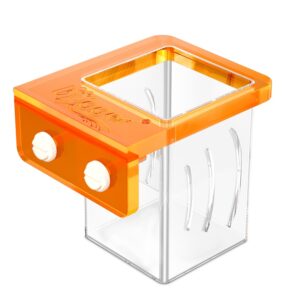
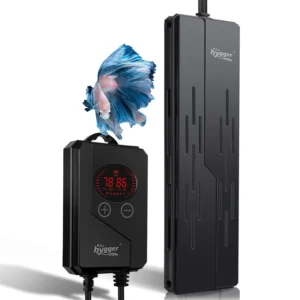
Leave a comment